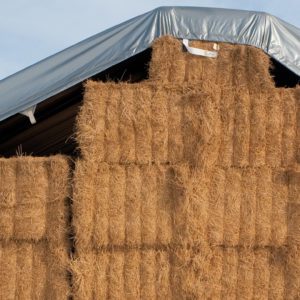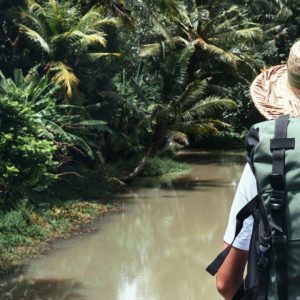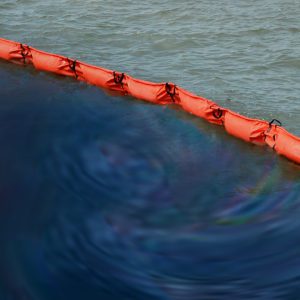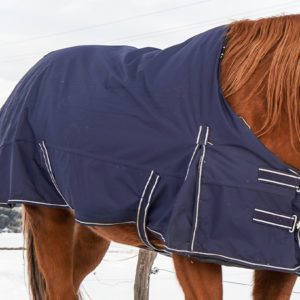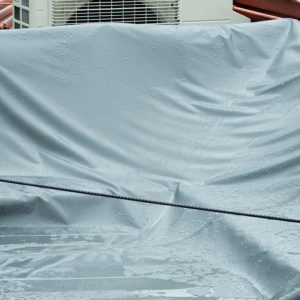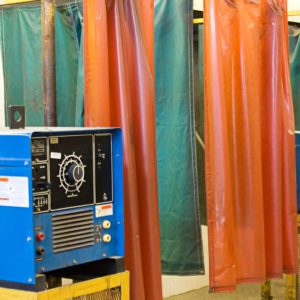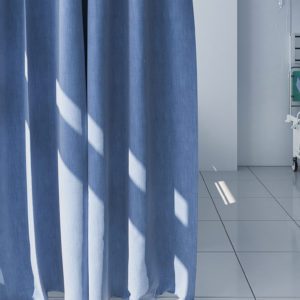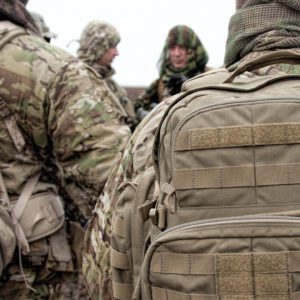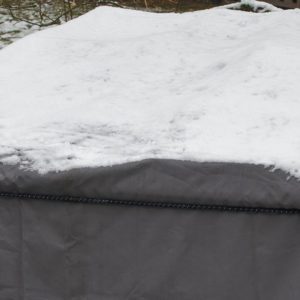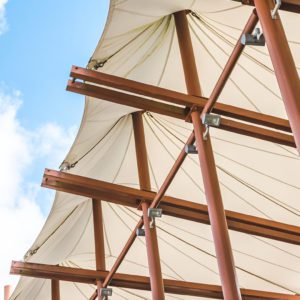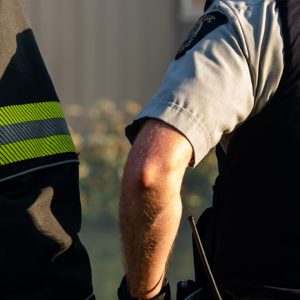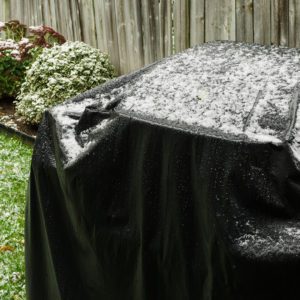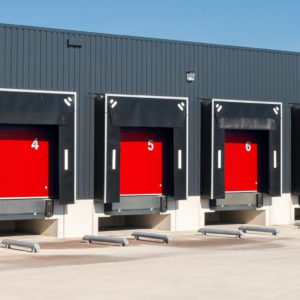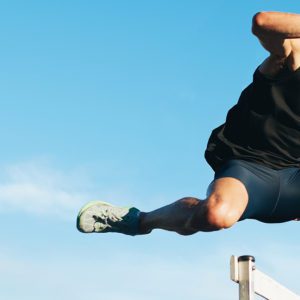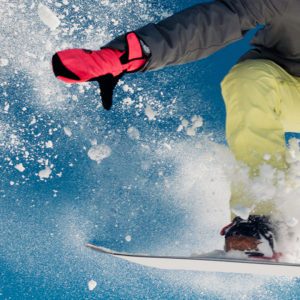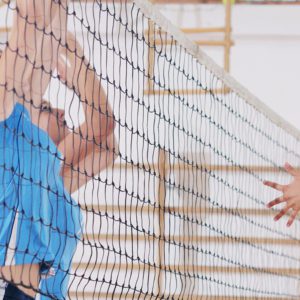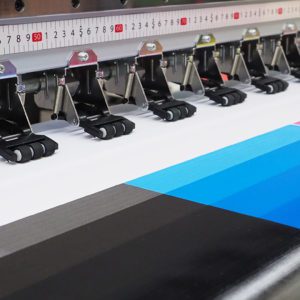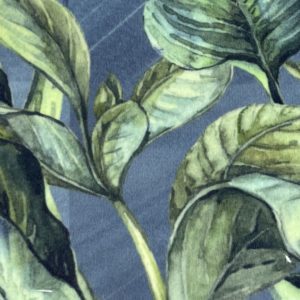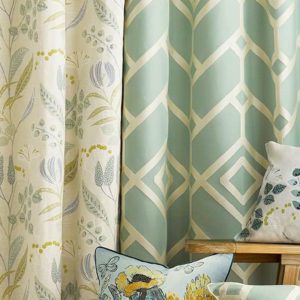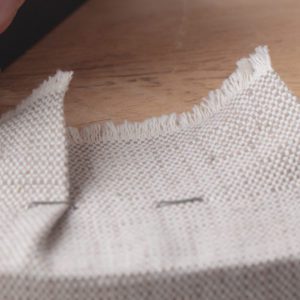Overview
Have you ever wondered why SunMaster™, TVF’s 7.5 oz. 600 denier solution dyed polyester has such great colorfastness to light properties? Its natural fade-resistance is one of the reasons SunMaster™ is the perfect choice for outdoor applications. Let’s explore the fade-resistant properties of SunMaster™ and learn more about colorfastness to light tests.
What Is Colorfastness to Light?
Colorfastness to light is a fabric’s ability to maintain its original color without fading, typically when exposed to sunlight.
This is particularly important with outdoor fabrics, such as SunMaster™, that are exposed to many hours in the sun when used as awnings, canopies, boat covers, and other outdoor applications.
What Makes SunMaster™ So “Sun Resistant”?
Two factors make SunMaster™ naturally strong when it comes to the sun.
- SunMaster™ is made of polyester, which has natural UV-resistant properties.
- SunMaster™ is solution dyed. This means the colorant is added to the PET formula when it’s in a melted state before it is extruded into fibers.
The color actually becomes part of the fibers before it is woven into fabric, making it very resistant to fading.
Note: Some colors are more fade-resistant than others.
How Is Colorfastness To Light Tested?
Strips of fabric (part of which is protected by a special paper card) are placed in a weatherometer and exposed to a prescribed number of hours of accelerated fading units (AFU).
After the exposure, the difference in color between the exposed and protected parts of the fabric are compared to the AATCC grayscale and the degree of fading is rated.
The colorfastness to light test results are typically read by two different people and averaged based on their assessment.
Summary
SunMaster™ has high colorfastness to light due to solution dying and the inherent UV resistant properties of polyester fabric. One typical colorfastness to light test is AATCC 16.3, which uses a xenon arc lamp to test colorfastness. Another less common test is AATCC 169, which mimics natural sunlight and actual climate conditions in a weatherometer testing machine.
